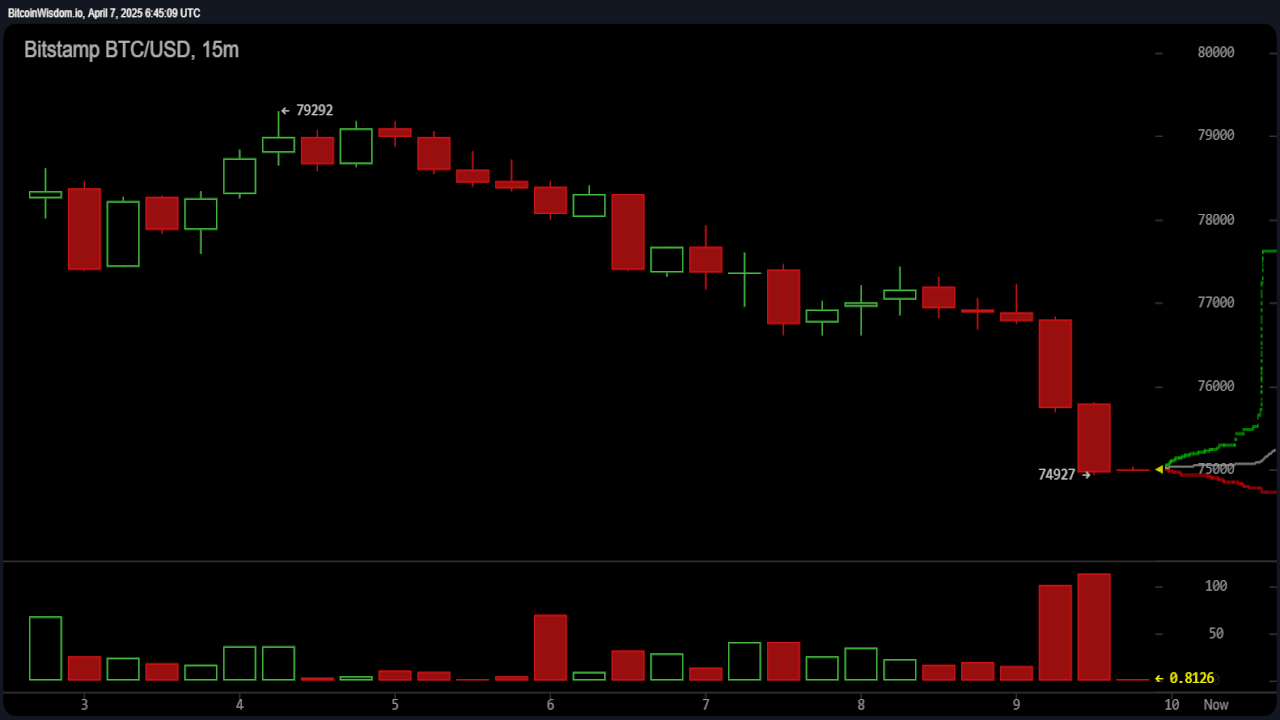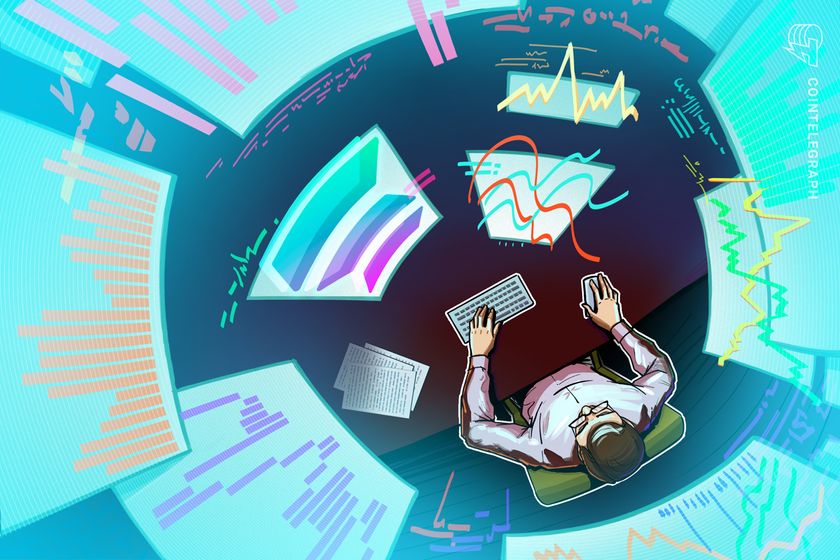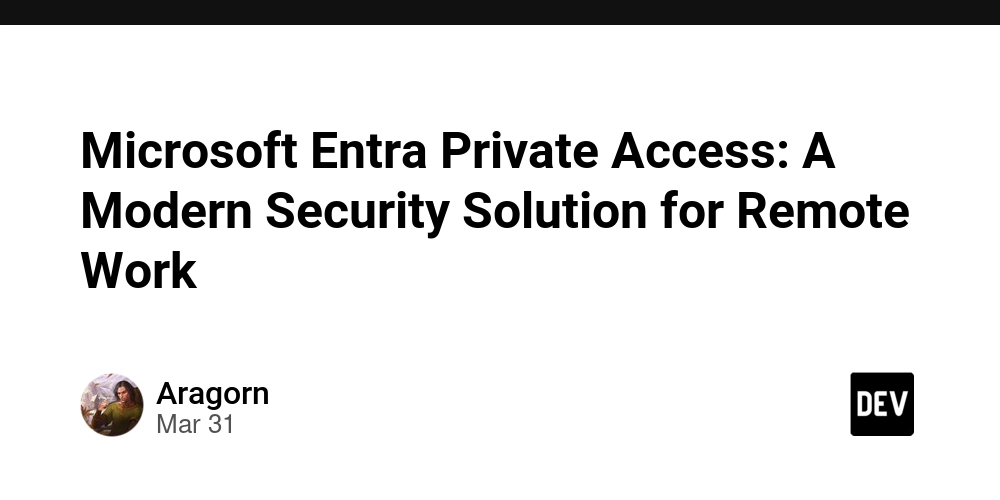Getting Started with Python Django: My Journey into Web Development
Django is one of the most popular web frameworks for Python, and I recently started learning it. As a beginner in Django, I wanted to share my experiences, key concepts, and why I find it an exciting framework for web development. Why Django? Django is a high-level Python web framework that encourages rapid development and clean, pragmatic design. It follows the "batteries-included" philosophy, meaning it comes with built-in features like authentication, an admin panel, ORM (Object-Relational Mapping), and much more. This makes it a great choice for beginners and experienced developers alike. Setting Up Django To get started with Django, you need to have Python installed. If you haven't installed Django yet, you can do so using pip: pip install django Once installed, you can create a new Django project with: django-admin startproject myproject Then, navigate to your project directory and run the development server: cd myproject python manage.py runserver If everything is set up correctly, you should see a development server running at http://127.0.0.1:8000/. This is just the beginning of my Django learning journey, and I’m excited to continue exploring its features and capabilities. Stay tuned for more updates as I dive deeper into Django!

Django is one of the most popular web frameworks for Python, and I recently started learning it. As a beginner in Django, I wanted to share my experiences, key concepts, and why I find it an exciting framework for web development.
Why Django?
Django is a high-level Python web framework that encourages rapid development and clean, pragmatic design. It follows the "batteries-included" philosophy, meaning it comes with built-in features like authentication, an admin panel, ORM (Object-Relational Mapping), and much more. This makes it a great choice for beginners and experienced developers alike.
Setting Up Django
To get started with Django, you need to have Python installed. If you haven't installed Django yet, you can do so using pip:
pip install django
Once installed, you can create a new Django project with:
django-admin startproject myproject
Then, navigate to your project directory and run the development server:
cd myproject
python manage.py runserver
If everything is set up correctly, you should see a development server running at
http://127.0.0.1:8000/.
This is just the beginning of my Django learning journey, and I’m excited to continue exploring its features and capabilities. Stay tuned for more updates as I dive deeper into Django!









































































































































































![[The AI Show Episode 142]: ChatGPT’s New Image Generator, Studio Ghibli Craze and Backlash, Gemini 2.5, OpenAI Academy, 4o Updates, Vibe Marketing & xAI Acquires X](https://www.marketingaiinstitute.com/hubfs/ep%20142%20cover.png)

















































































































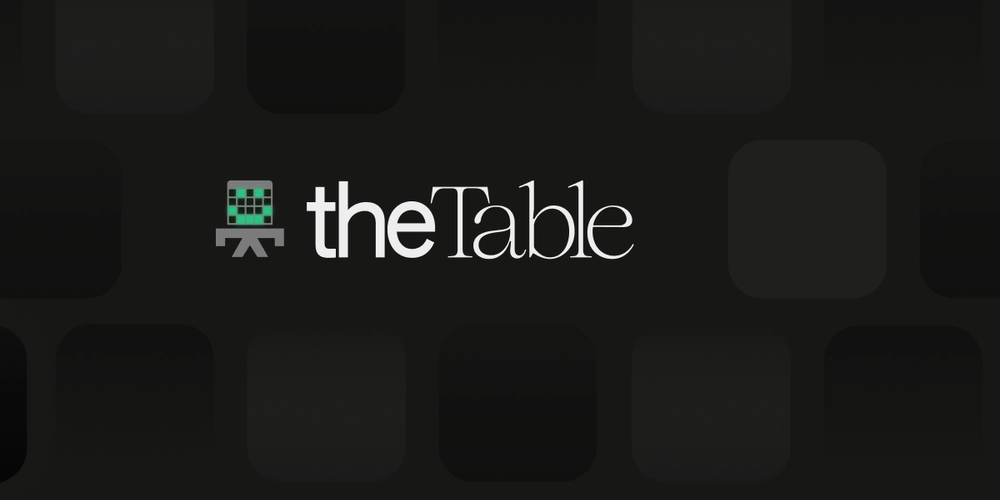
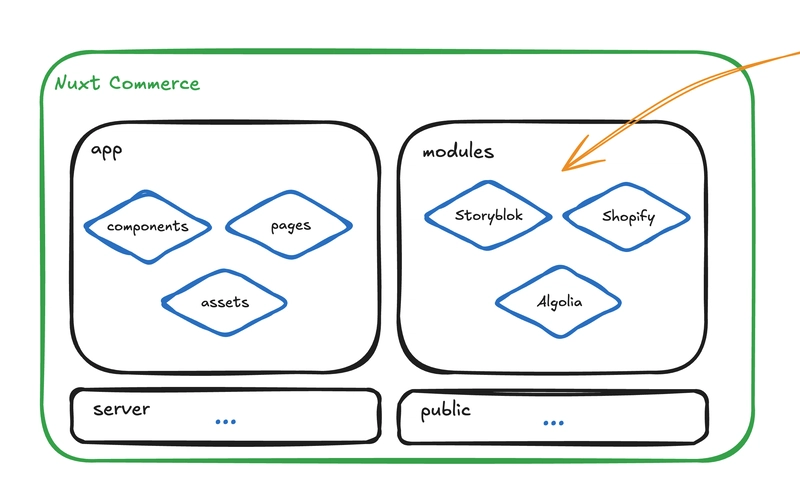
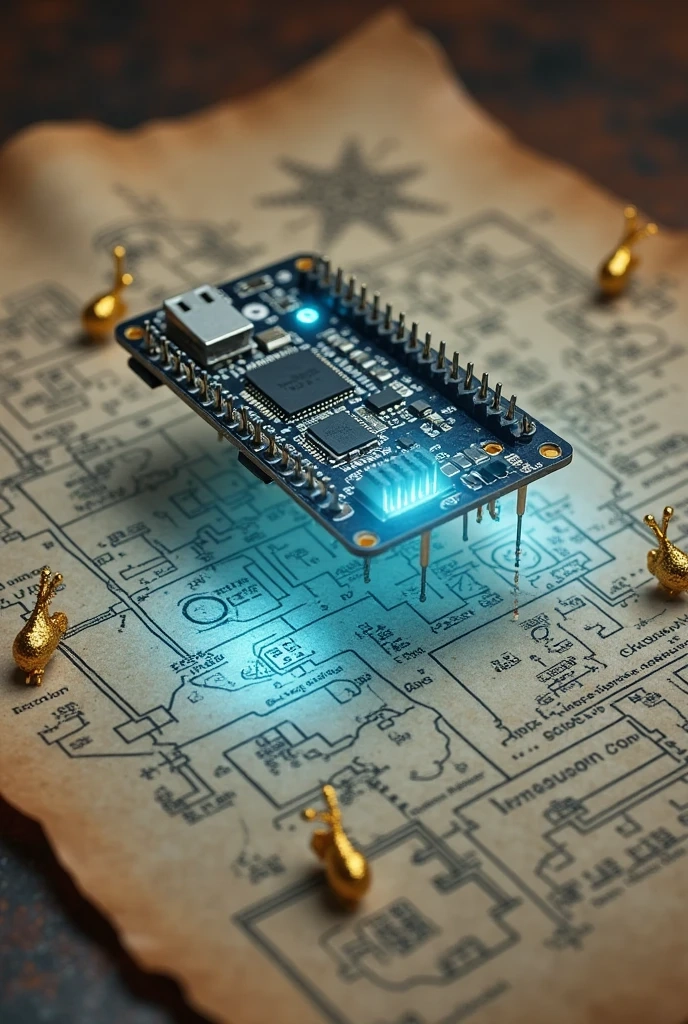











![[DEALS] The Premium Learn to Code Certification Bundle (97% off) & Other Deals Up To 98% Off – Offers End Soon!](https://www.javacodegeeks.com/wp-content/uploads/2012/12/jcg-logo.jpg)

![From drop-out to software architect with Jason Lengstorf [Podcast #167]](https://cdn.hashnode.com/res/hashnode/image/upload/v1743796461357/f3d19cd7-e6f5-4d7c-8bfc-eb974bc8da68.png?#)








































































































.png?#)


































_Christophe_Coat_Alamy.jpg?#)



.webp?#)






































































































![Apple Considers Delaying Smart Home Hub Until 2026 [Gurman]](https://www.iclarified.com/images/news/96946/96946/96946-640.jpg)
![iPhone 17 Pro Won't Feature Two-Toned Back [Gurman]](https://www.iclarified.com/images/news/96944/96944/96944-640.jpg)
![Tariffs Threaten Apple's $999 iPhone Price Point in the U.S. [Gurman]](https://www.iclarified.com/images/news/96943/96943/96943-640.jpg)


































































































